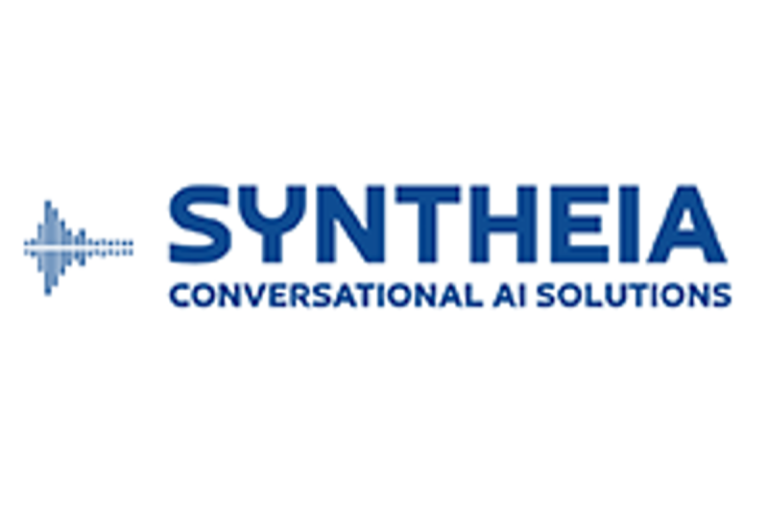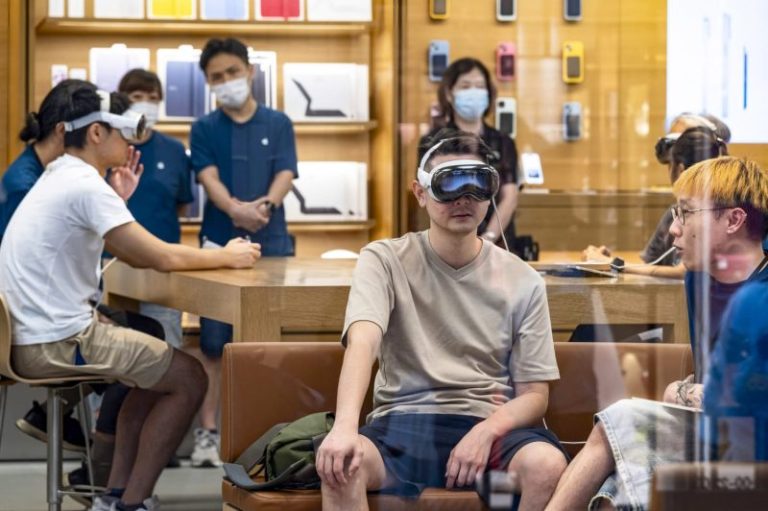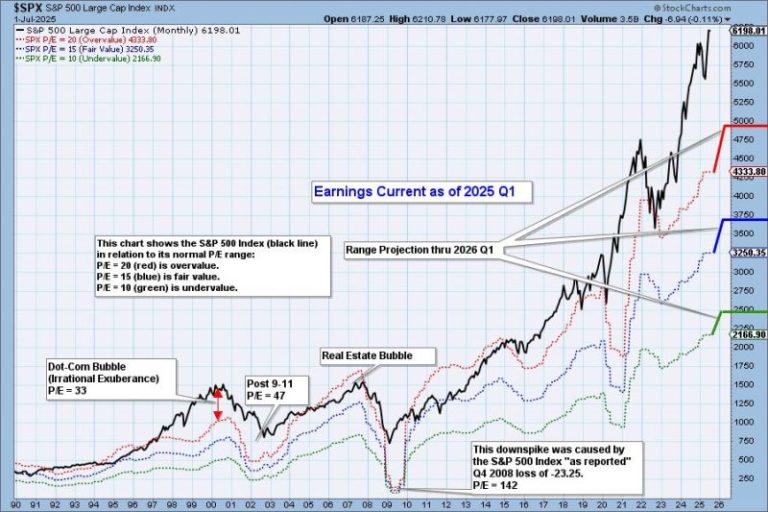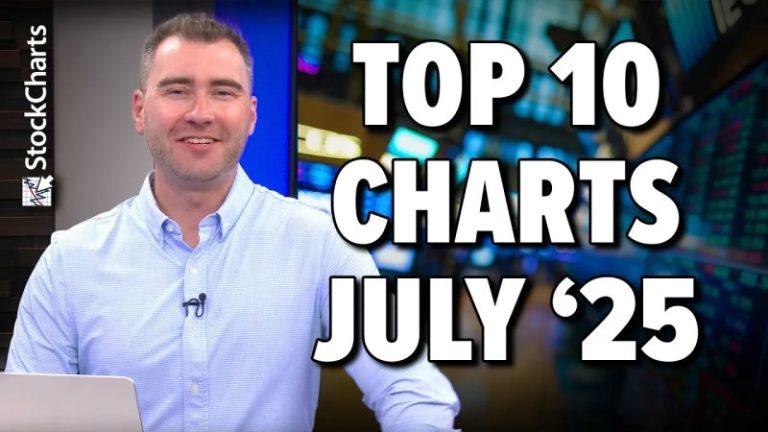Sun Summit Minerals (TSXV:SMN,OTCQB:SMREF) is a Canadian mineral exploration company advancing district-scale gold and copper projects in British Columbia. Its flagship JD Project, located in the prolific Toodoggone district, is the focus of an aggressive 5,000-meter drill program in 2025 targeting a potential multi-million-ounce epithermal gold-silver system.
With funding in place, a five-year exploration permit secured, and an on-site camp established, Sun Summit is executing a disciplined strategy to build scale, unlock resource value, and deliver returns to shareholders. Reinvigorated by a revamped leadership team and a refined vision, the company is leveraging high-grade, strategically located assets to drive long-term growth.
The JD and Theory projects cover over 25,000 hectares in the heart of British Columbia’s Toodoggone mining district, one of Canada’s most prospective regions for epithermal gold-silver and porphyry copper-gold systems. The district hosts several significant deposits, including Thesis Gold’s Ranch and Lawyers projects (4.7 Moz gold equivalent, ~C$250 million market cap), Centerra Gold’s Kemess underground development, and TDG Gold’s Shasta-Baker project. The area is well supported by infrastructure, including hydroelectric grid access, all-season roads, and the nearby Sturdee airstrip.
Company Highlights
- Aggressive Discovery Strategy: Sun Summit Minerals is actively advancing the JD and Buck projects in BC, targeting epithermal gold-silver and porphyry copper-gold systems. A fully funded 5,000-meter drill program at JD underway in 2025, aiming to define a multi-million-ounce resource.
- Strategic Location: Both assets are situated in prolific and mining-friendly regions of British Columbia. The flagship JD project lies in the Toodoggone district—home to Thesis Gold and Centerra’s Kemess Mine, while Buck is near the Blackwater, Huckleberry, and Equity Silver mines in central BC.
- Re-rate Potential Opportunity: Trading at just ~$7/oz gold equivalent (EV/oz) based on Buck alone, with no value currently ascribed to JD, the company represents a deep value opportunity compared to the next-door neighbour Thesis Gold trading at ~$50/oz. Success at the drill bit from the ongoing drill program at JD could drive the potential re-rating.
- Fully Funded for 2025: A recent C$10M raise (May 2025) enables a robust exploration program, including drilling, geophysics, and soil sampling. The company is well-positioned to achieve its 2025 and 2026 exploration milestones without further dilution.
- Experienced, Capital Markets-Savvy Leadership: CEO Niel Marotta brings capital markets acumen from Fidelity and Orezone. The broader team includes senior geologists and advisors with decades of success in gold discoveries and mine development in BC.
- Positioned for Consolidation: With majors like Freeport, Centerra, and Skeena investing heavily in adjacent properties, Sun Summit is strategically located and advancing at the right time in the Lassonde Curve to benefit from industry-wide M&A and consolidation trends.
This Sun Summit Minerals profile is part of a paid investor education campaign.*
Click here to connect with Sun Summit Minerals (TSXV:SMN) to receive an Investor Presentation










